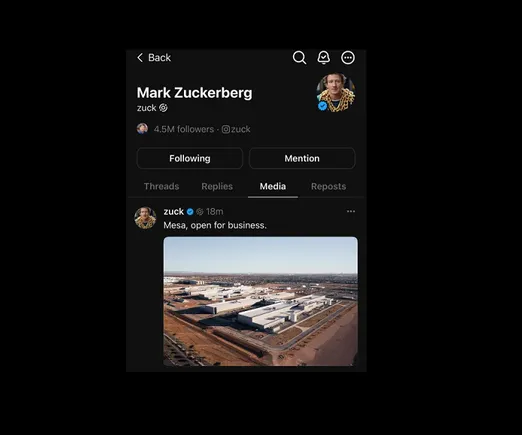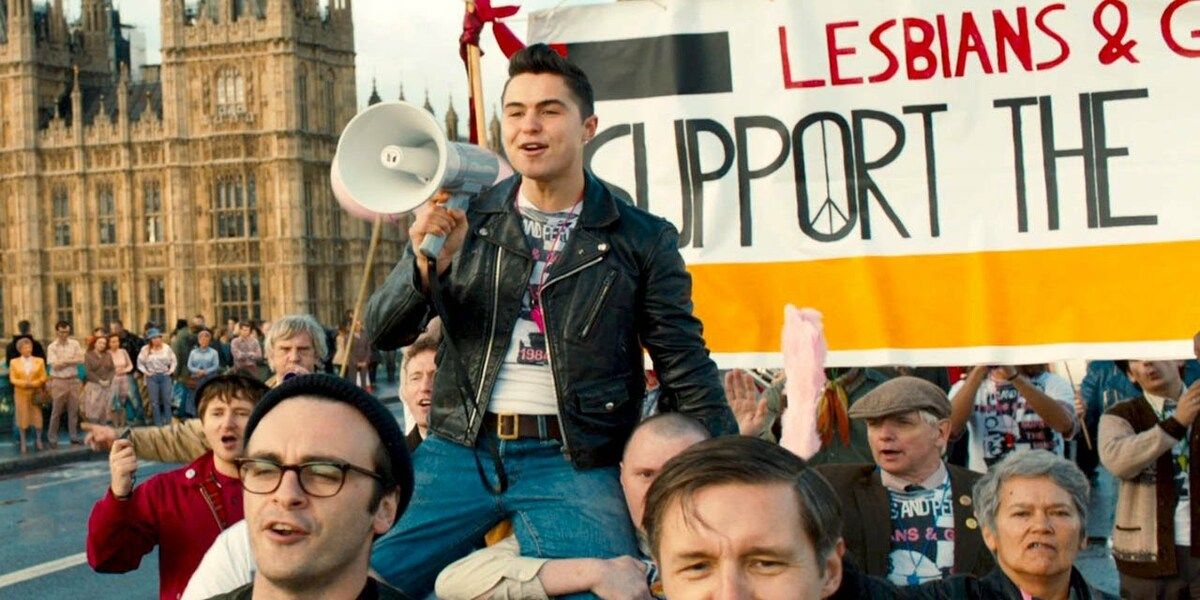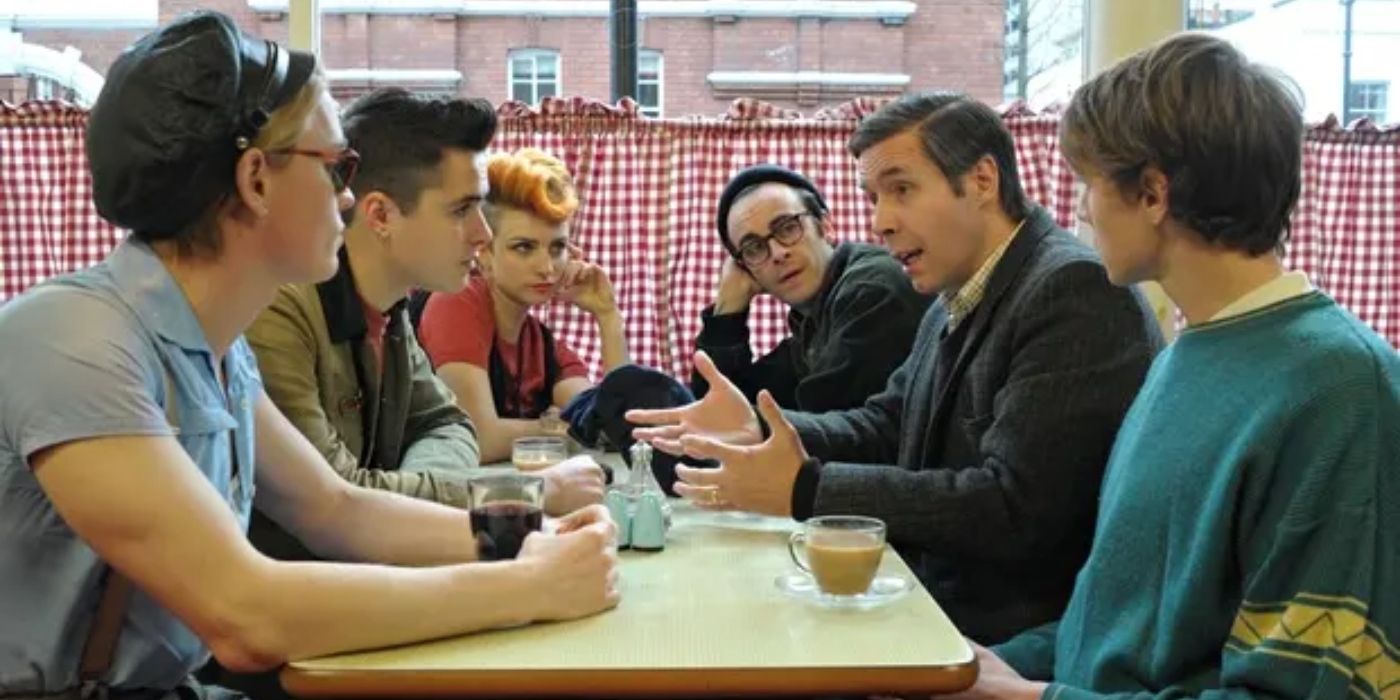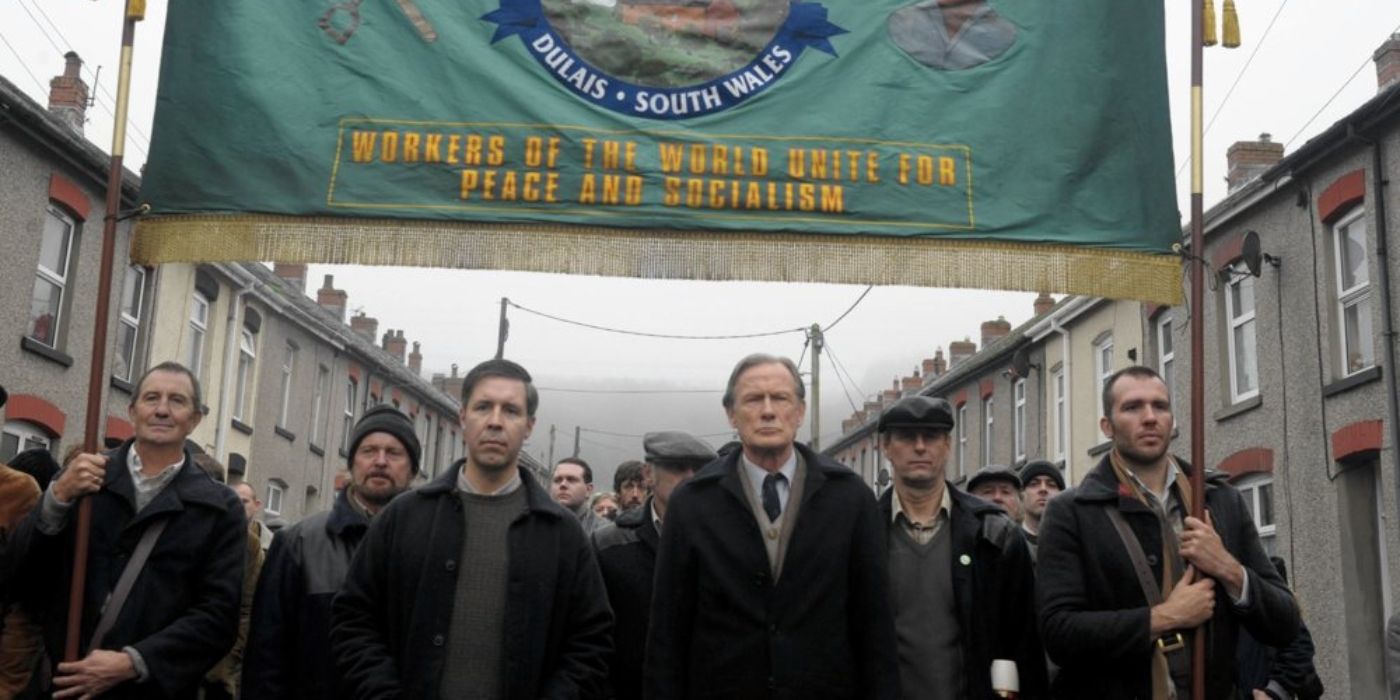There are many blind spots in the world of mainstream cinema, some incidental, and some not at all. The history of the LGBTQ community, and the history of organized labor, are two of the most glaringly obvious ones. The movies held up as excellent on those subjects are either from earlier movements in film history, like the work of Derek Jarman or Barbara Kopple, or they are discussed in more experimental/underground films, which while great, lack the same exposure as a big budget film. When we see these things on screen nowadays, it is either a tepid, scrubbed clean series of events, or they tend to focus on valorizing one specific person, rather than focusing on broader themes, or mass movements. It is even rare to see the two movements intersect. Solidarity is not something we see a lot of in general, not just in films. Pride, directed by Matthew Warchus, written by Stephen Beresford, and starring Bill Nighy, Andrew Scott, Dominic West, and Imelda Staunton, among many others, displays the power of solidarity through film in a way that no other film of this era really has. With it being Pride Month, and with the film industry, and labor at large beginning to flex their collective muscles, Pride is the perfect film to watch in this current moment.
‘Pride’ Explores the Notion of Solidarity
To start, what is solidarity exactly? The film does a great job of introducing the concept in a few ways. For one, the film begins with the excellent union song “Solidarity Forever,” sang by Pete Seeger, which goes “When the union’s inspiration through the workers’ blood shall run, There can be no power greater anywhere beneath the sun; Yet what force on earth is weaker than the feeble strength of one, But the union makes us strong.” Solidarity is all about uniting with those who have similar interests as you. In the case of organized labor, this is the organization of workers, those who produce value, which is in turn exploited, to unite against the bosses, who do not work, but profit immensely off of their labor. In the case of Pride however, this is slightly different. The queer community in London, and miners in Wales don’t really seem to have a kind of common interest.
The film immediately dismisses that notion through Mark Ashton, played by Ben Schnetzer. Ashton was a real life gay rights activist and organizer, who in 1984 started Lesbians and Gays Support the Miners (LGSM), a group which raised money for striking miners in Wales, during the 1984 Miners Strike. This strike was due to the pit closures put forward by Margaret Thatcher, Prime MInister of England at the time, which threatened thousands of jobs, and many towns which depended on the mines to support them. The reasons Ashton gives for why people should give money to the miners are very simple. For one, the coal they mine gives everyone power, their work makes society possible, therefore we should support them. However, and much more importantly, Ashton cites that the reason police have recently slowed in their harassment of gay people, gay bars, etc., is because they are all focused on breaking strikes with the miners, and in arresting many striking miners for no reason at all but to suppress the strikes. This strike, just like the queer community, is being actively snuffed out by the British government, and to move forward, they must act together, for the advancement of all.
This doesn’t just happen like magic. These are, as stated previously, two groups of people who seemingly have nothing in common at all. One group is from a vibrant queer community in London, the other is from a much more old-fashioned, quiet mining town in Wales. Especially, in 1984, with AIDS on the rise, there is not a lot of common ground, and a lot of bigoted views held by many of the people in the mining community. One of the leaders of the strike, Dai, played brilliantly by Paddy Considine, acknowledges this difference, but goes on to say, “When you’re in a battle against an enemy so much bigger, so much stronger than you, well, to find out you had a friend you never knew existed, well, that’s the best feeling in the world.”. As we begin to see these barriers broken down, as we see these people actually speak to one another, and not have their view of an entire group defined by what they’ve been told their whole life, we see that they actually do have a lot in common, and really get along quite well. People’s views soften on both sides, and strong bonds are formed as the LGSM raises significant amounts of money to support the miners in their cause.
However, we are not given a happy ending in this story, at least not in its entirety. Even though they have donated massive amounts of money, some members of the town still hold hatred in their hearts towards the LGSM, and leak the story to the press. The story is publicized, and the union at large votes to no longer accept their money, even with the majority of the town still in favor of the strike. A few months later, the strike is broken, the miners return to work winning nothing, and our characters disperse, broken-hearted. This strike breaking, along with strikes being shut down in America by Ronald Reagan, essentially broke the backs of the labor movement in both countries. At this point, it is unclear what any of them should do. To fail at something this important, and to be rejected for who you are when you’re just trying to help someone can stamp out a movement.
‘Pride’ and the Power of Collective Action
That is not the case in Pride. A year to the date after the beginning of the film, we are back at the 1985 London Pride Parade. The LGSM get back together to march in the parade, but are told to get in the back with the “fringe groups,” as the parade organizers want Pride to focus on fun, not politics this year. As they start to argue among themselves on what the way forward is, something catches their eye. The miners have returned en masse, to march in support with them. The sheer mass of people forces the organizers to let them lead the parade, and they all march in solidarity through the streets of London. As Billy Bragg’s “There is Power in a Union” plays, we see that the Labour Party incorporated gay rights into their official party platform a year after the strike had ended, in large part due to total support from the National Union of Mineworkers. Even though the strike was broken, the bonds of solidarity formed through it remained.
What can we learn from Pride? On the surface level, it’s a great film, with an excellent soundtrack of union songs and British ’80s pop, and a cast of all your favorite actors from across the pond. But more importantly, it shows the power, and the necessity of solidarity. At one point, Dai describes the labor movement through a banner they have in their union hall, of a handshake. “I’ve got your back, you’ve got mine.” It sounds simple because it can be that simple. Pride highlights the political origins of the Pride movement, which is incredibly important right now, especially at a time when the LGBTQ community is under vicious attack, and in serious danger. To pretend that everything is okay, to push political causes down because they aren’t “fun,” is not an option right now. It also highlights the important role unions play in collective action, both at a workplace, and even outside of it. Unions have been beaten down since the ’80s, but a resurgent wave of the labor movement is beginning to form in America, and that is something to support. The WGA strike, and whatever upcoming strikes may come, are an example of that. It is critical to support both movements right now, and Pride shows the power that solidarity once had, and the power that it could have again.








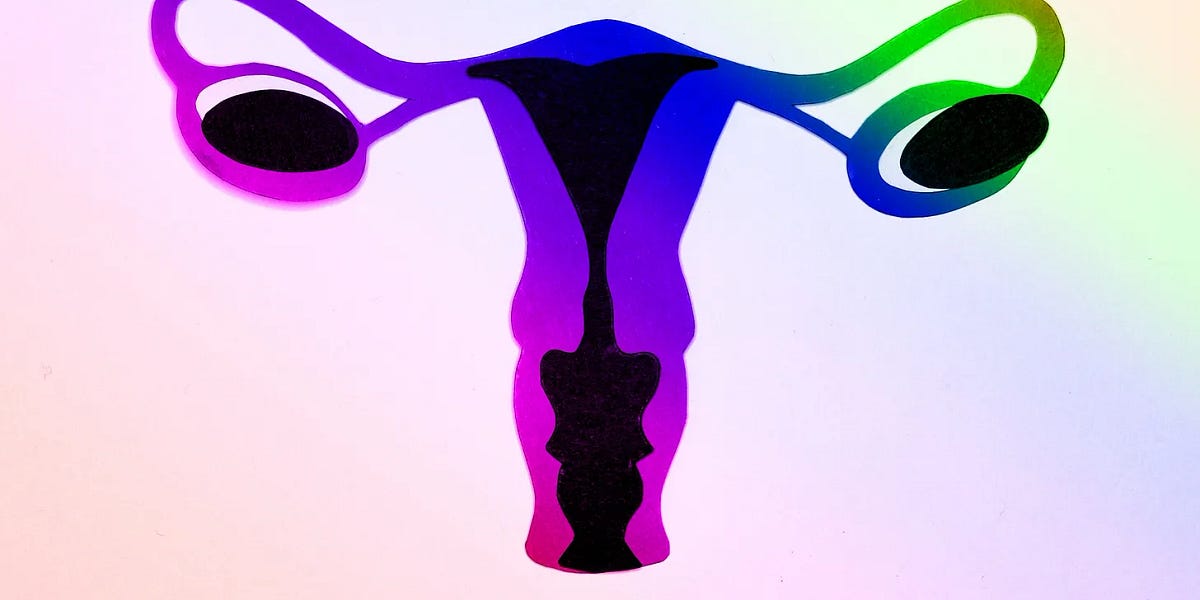



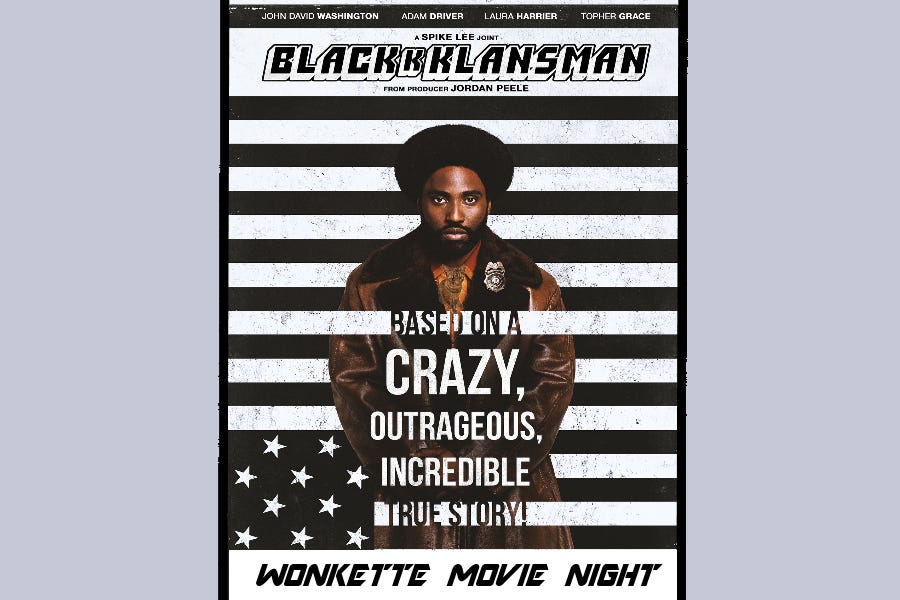
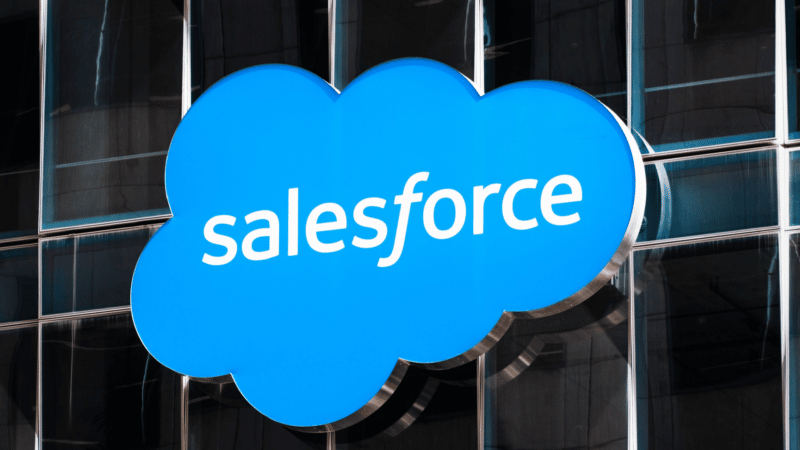




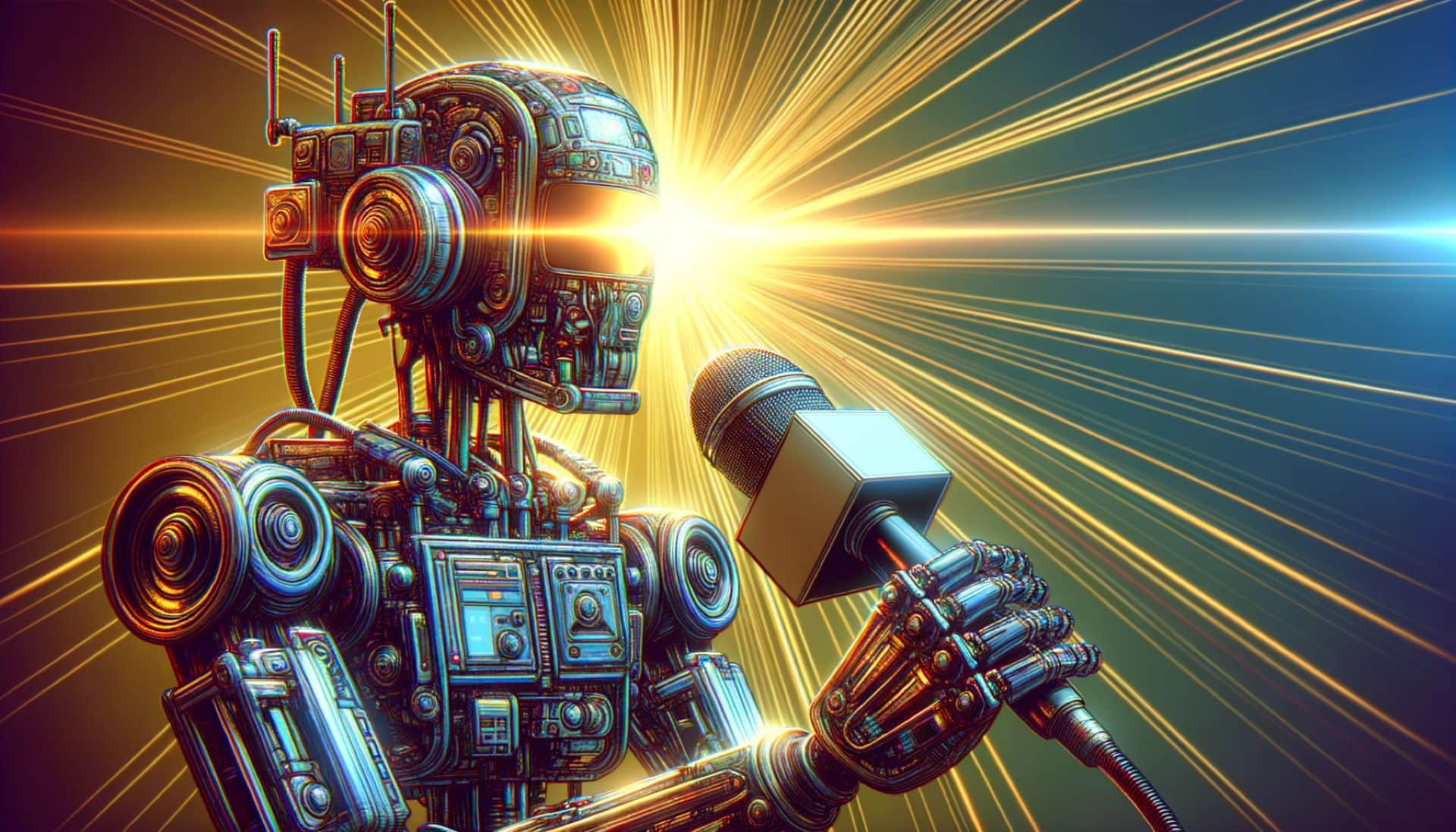

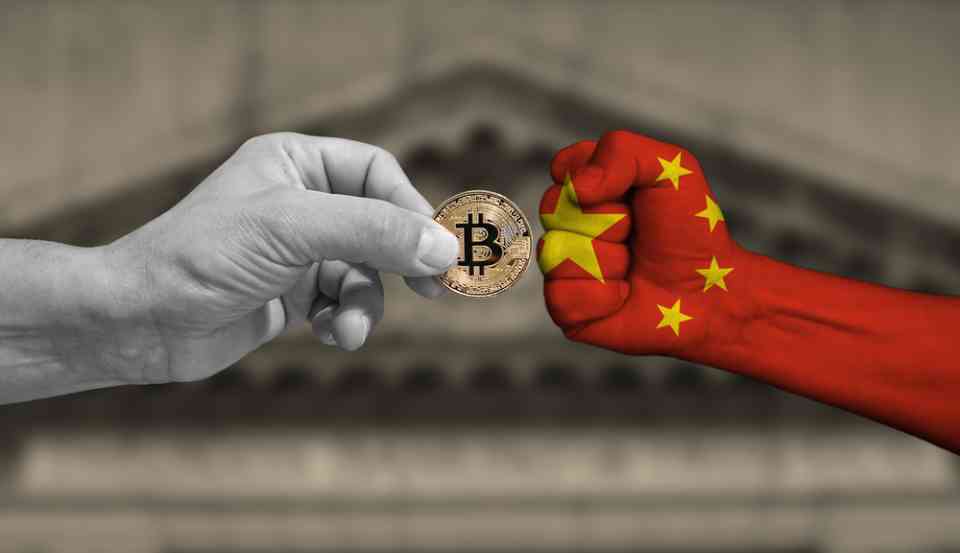
















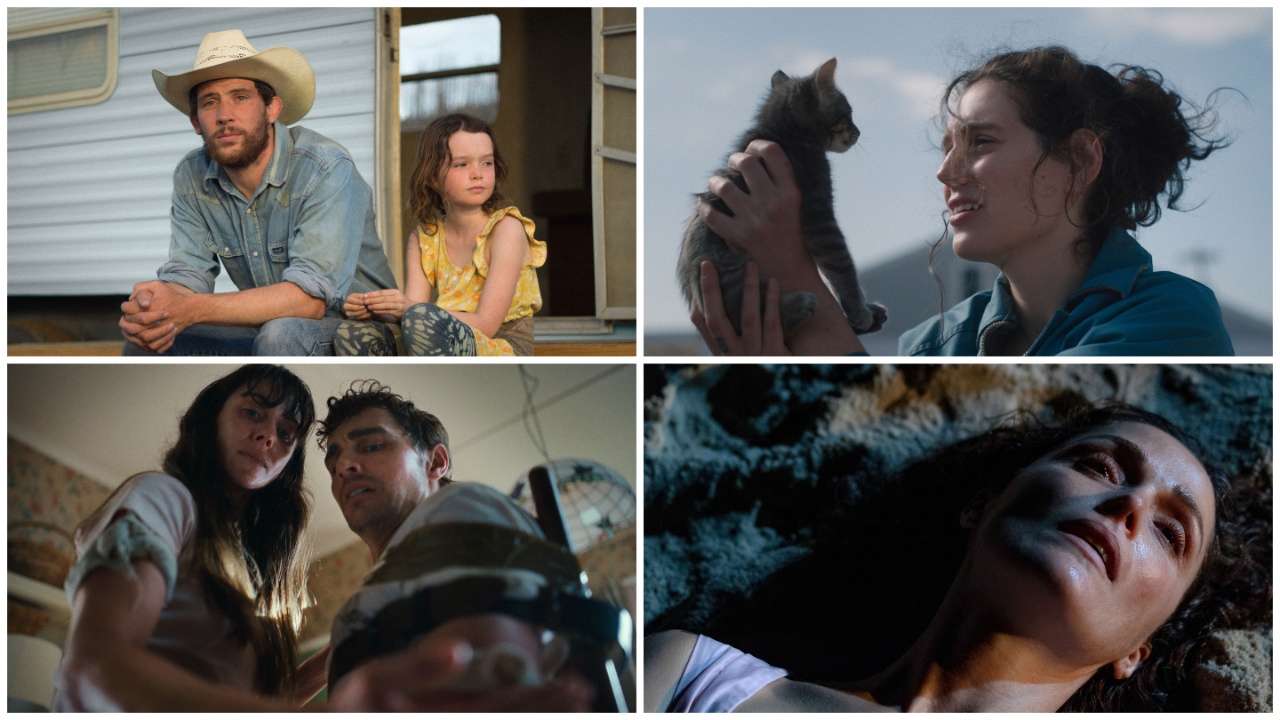


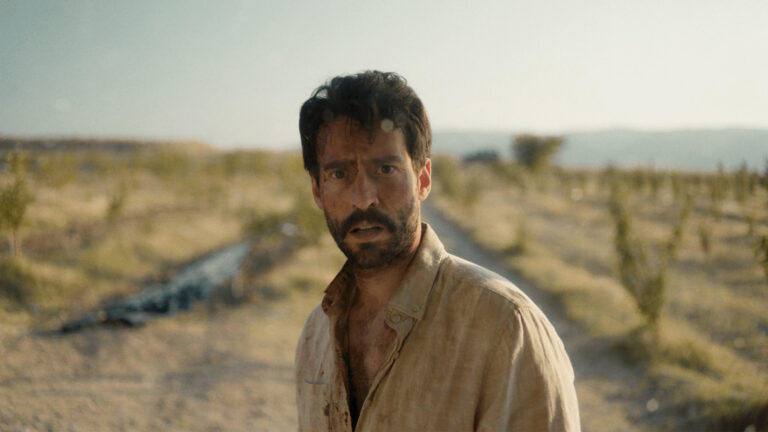

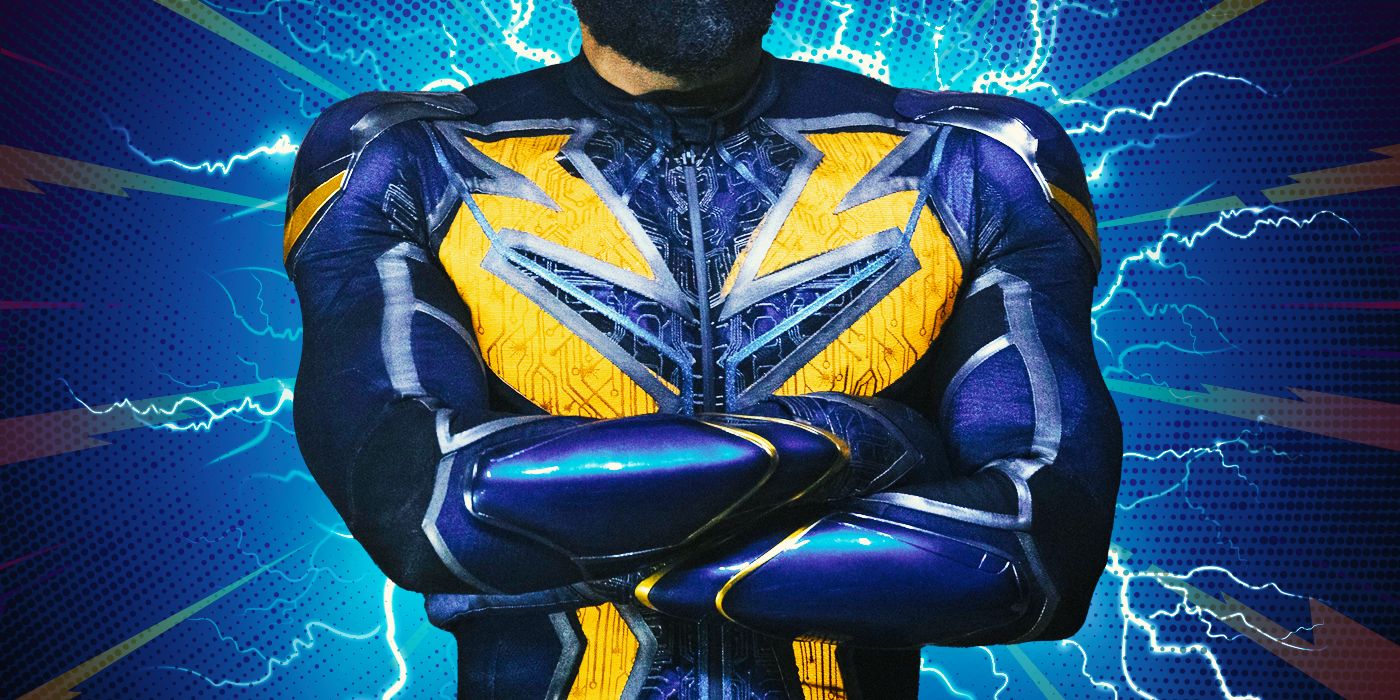





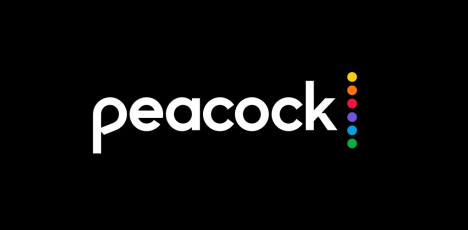

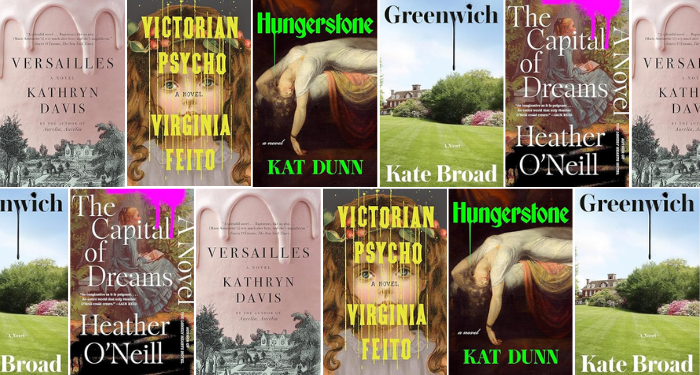
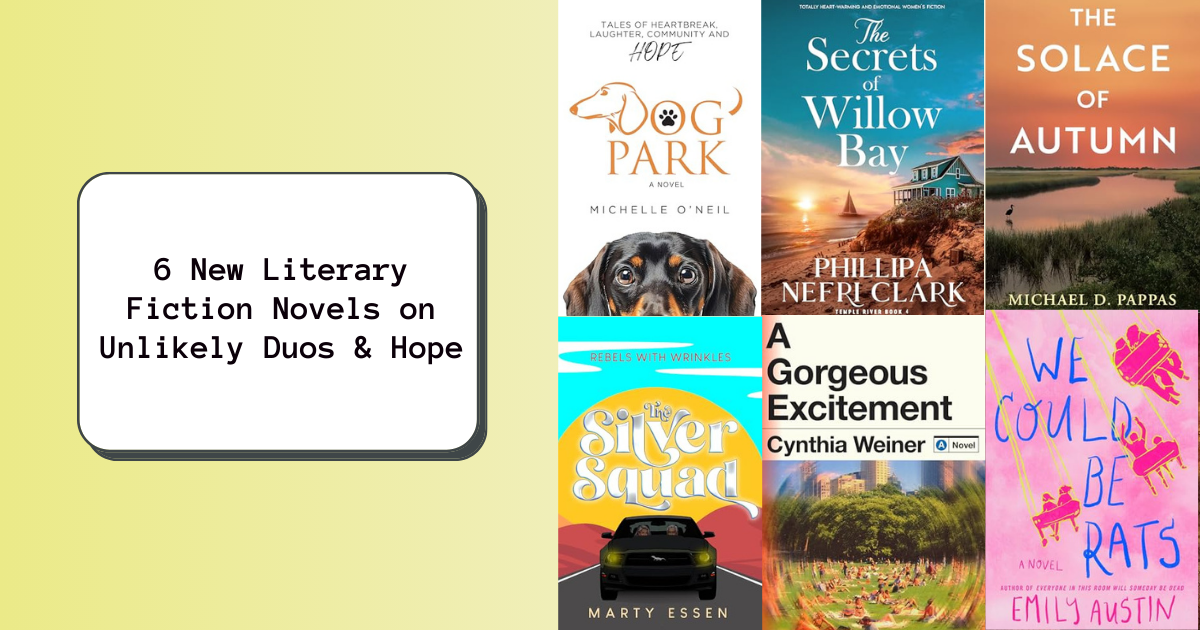

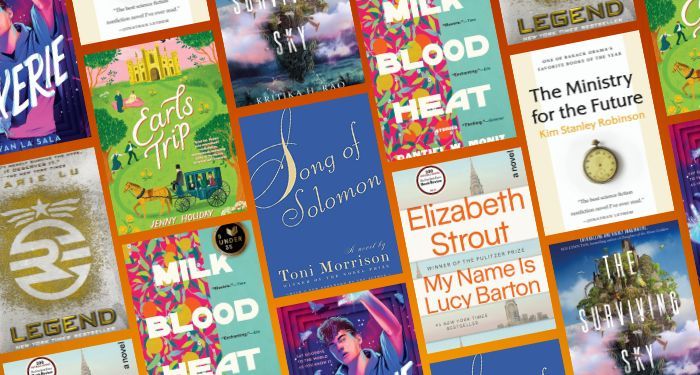

![A Visual Guide to TikTok Ads Manager [Infographic] A Visual Guide to TikTok Ads Manager [Infographic]](https://imgproxy.divecdn.com/9aaKOtRQYId9gEIRIiE2AgLnRsoeG1xVqz6aJuMegTo/g:ce/rs:fit:770:435/Z3M6Ly9kaXZlc2l0ZS1zdG9yYWdlL2RpdmVpbWFnZS90aWt0b2tfYWRfaW5mbzMucG5n.webp)

![The Social Media Funnel Explained [Infographic] The Social Media Funnel Explained [Infographic]](https://imgproxy.divecdn.com/6ikpva2mP7mvhaHG4yj_J6dzhXnEZMvZFDHDbI6Qucs/g:ce/rs:fit:770:435/Z3M6Ly9kaXZlc2l0ZS1zdG9yYWdlL2RpdmVpbWFnZS9zb2NpYWxfbWVkaWFfZnVubmVsX2luZm9ncmFwaGljMi5wbmc=.webp)

